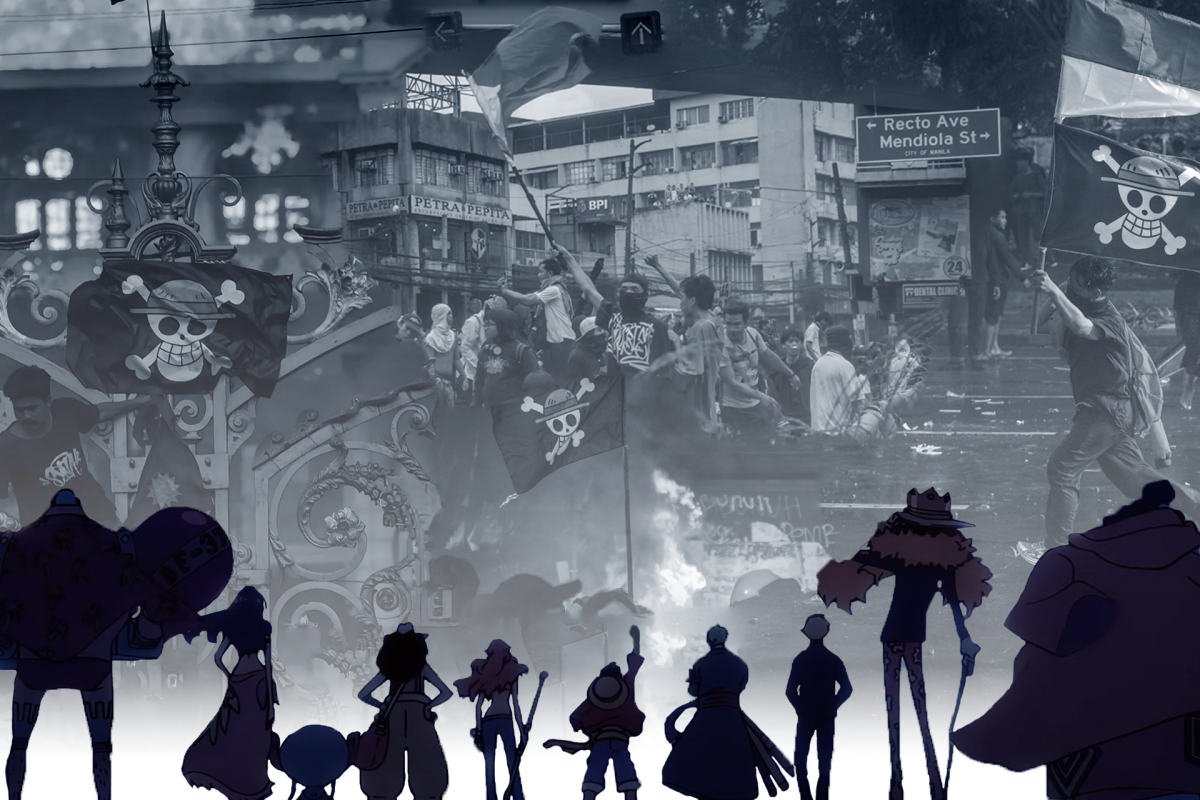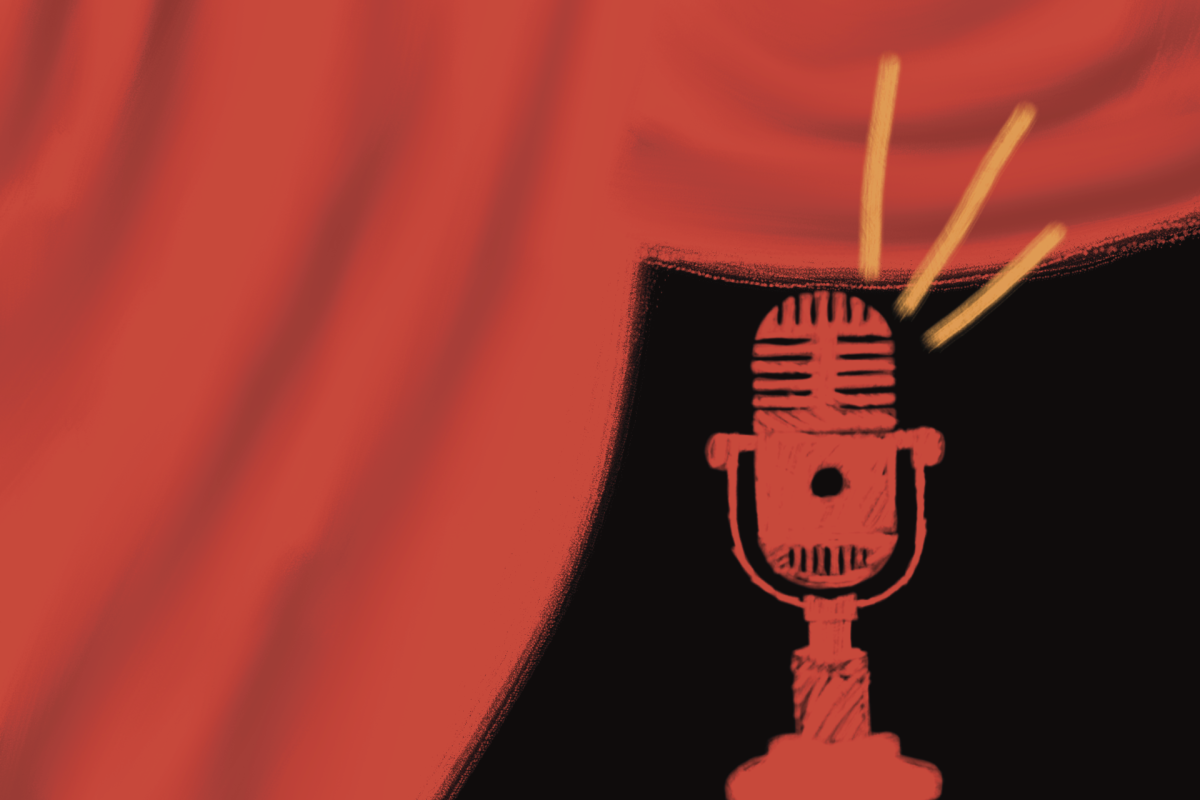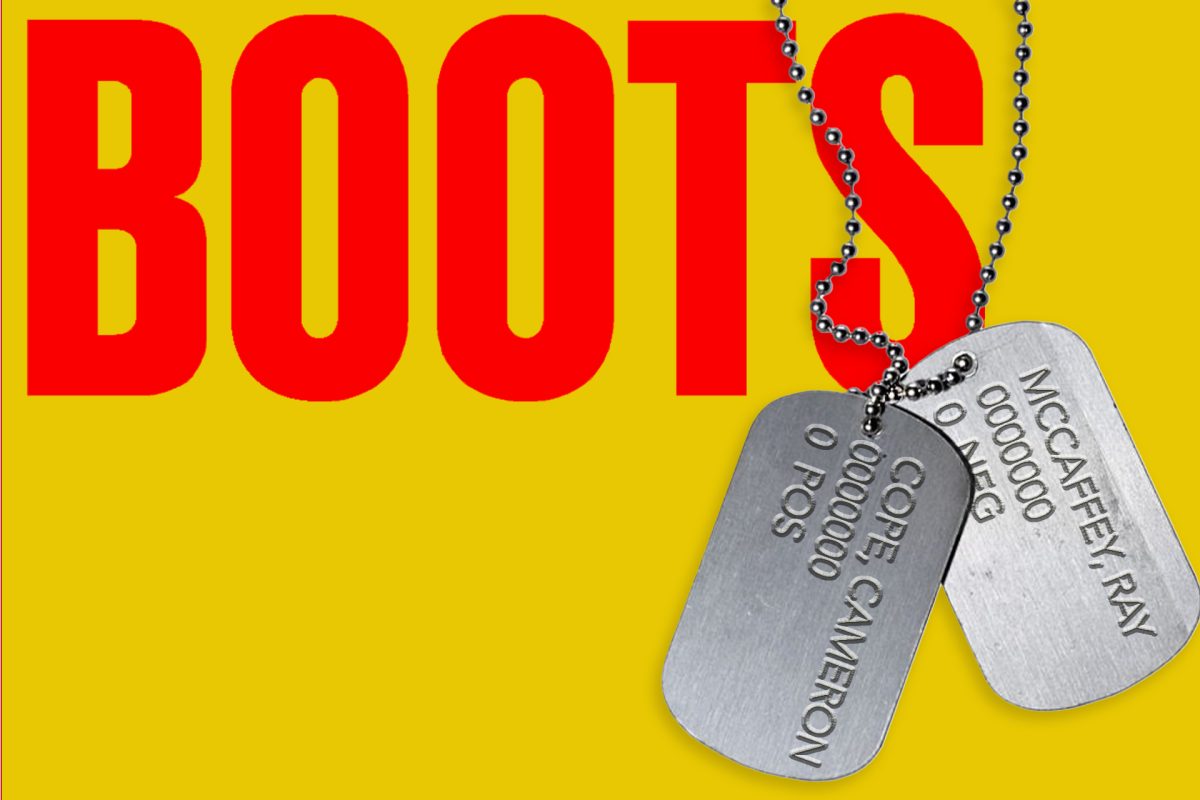The Palme D’Or award-winning “Triangle of Sadness” is the latest work by Swedish director Ruben Östlund and his first film to be written in English. The film follows a group of wealthy socialites vacationing on a luxurious superyacht, where just everything you could imagine goes wrong.
The story is divided into three distinct acts that in some ways feel like completely different movies, though each carries the thematic throughline of privilege and exploitation.
The first act is a relatively grounded drama (as grounded as you can get with a pair of celebrity influencers) centered around the relationship woes of young models Carl (Harris Dickinson) and Yaya (the late Charlbi Dean in her final starring role), who are together primarily for branding purposes. It almost immediately becomes clear how wildly insecure Carl is about the earnings gap –– and by extension, status gap –– between himself and his girlfriend. Cinematographer Fredrik Wenzel cleverly conveys this by rarely having them share the frame, making the two feel miles apart even when they’re in the same room.
The second act aboard the yacht introduces the rest of the key cast, including the ship’s perpetually-frazzled head of staff Paula (Vicki Berlin) and Russian fatcat Dimitry (played to comedic perfection by Zlatko Burić). This stretch of the film, though still enjoyable, was the least engaging as the bulk of it consists of typical “rich people being obnoxious to service staff” antics you’ve likely seen in various other films.
Fortunately, things pick back up when Woody Harrelson finally emerges to do his Woody Harrelson thing as the ship’s snarky, booze-swigging captain. What follows is a captain’s dinner that quickly crescendos into a gleefully absurd (not to mention disgusting) calamity of the pampered passengers’ own making. For anyone who becomes squeamish at the sight of certain bodily fluids, consider this your fair warning.
In spite of the wildly different turns “Triangle of Sadness” takes with its plot, it nonetheless remains laser-focused on its themes from start to finish –– even if it comes at the cost of nuance at times. There are several obvious metaphors designed to convey the injustices of our social hierarchy, whether it be a group of audience members at a fashion show being forced to give up their own seats for famous people, or the yacht’s all-white service staff celebrating the massive tips coming their way while the maintenance staff on the floor below listens to their cheers. Not to mention the hollow mantra of “Everyone is equal” that’s uttered multiple times by different characters, even when that obviously couldn’t be further from the truth.
However, just because the commentary isn’t particularly subtle, that doesn’t make it less effective. The third act is where it becomes clear that the film has a bit more on its mind than simply being a #EatTheRich revenge fantasy. The pivot into a “Lord of the Flies”-esque survival story is where the most of the movie’s sharpest satire lies, delivering a role reversal scenario that delves into the psychology of how those in positions of immense privilege justify their hoarding of resources and exploitation of those beneath them.
Something else that remains consistent throughout all three acts is the humor. The writing and delivery of the dialogue results in countless moments of delightful cringe comedy. One of my favorite exchanges in the film features a passive-aggressive squabble over a restaurant bill that wouldn’t feel out of place in an episode of “Curb Your Enthusiasm.”
At the end of the day, the heavy-handed nature of “Triangle of Sadness” hardly matters when its entertainment value is this high. If you’re in the mood for an absurd, darkly comedic takedown of society’s upper crust, don’t hesitate to give this one a watch –– even if you might need a barf bag to get through parts of it.
Edited by Egan Ward | [email protected]
Copy edited by Sterling Sewell and Emily Rutledge







